Succulent Bear Paw Info – What Is A Bear Paw Succulent
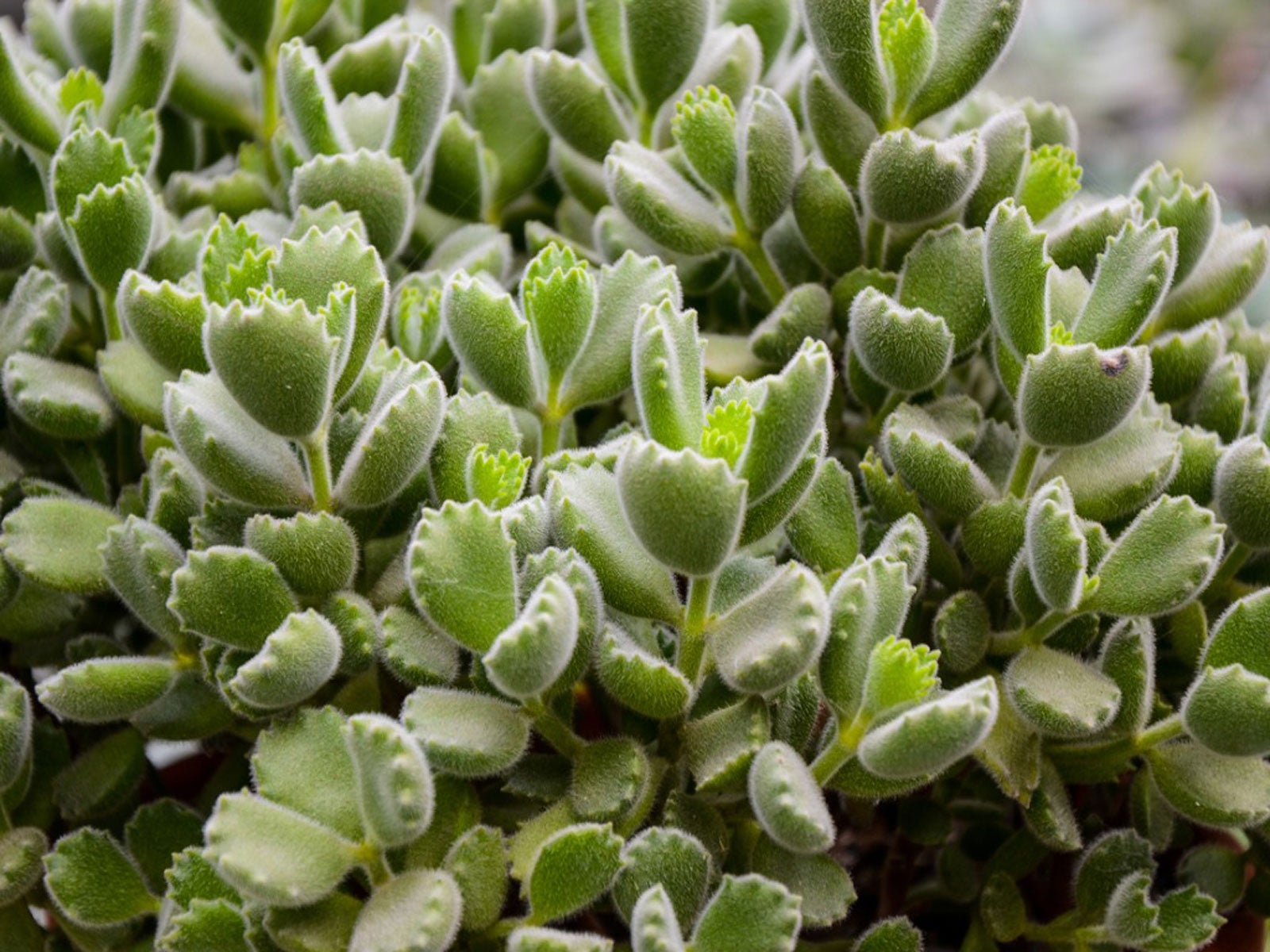

If you’re new to growing succulents, you may want to try your hand at the bear paw succulent.
What is a Bear Paw Succulent?
With dark red edges, the fuzzy foliage of the bear paw (Cotyledon tomentosa) is squat and chubby with upper tips that resemble an animal's foot or paw. The dark red appears when the plant is mildly stressed and makes the shape stand out, drawing attention to the attractive shrub-like plant. It is small and fragile, with leaves becoming chubbier with the amount of water they hold.
The succulent bear paw is an indoor plant recommended for those new to growing plants inside. In botanical terms, tomentosa means covered with short, dense, matted hairs or covered with fuzz. You’ll likely see the term associated with other botanical plant names.
Succulent plants with fuzzy leaves are not hard to grow, as many assume. The main thing is to water at the roots and avoid getting foliage wet when possible. This is good advice for watering all succulents.
Growing Bear Paw Succulents
If this is your first succulent growing experience or if you’re new to growing them, benefit by learning the basics with bear paw succulent care. Start off by planting it in the right soil. Soil is important to succulents, as keeping the water from settling on the roots.
Too much water around plant roots can lead to root rot. Many succulents originated in dry areas where rainfall is rare. Thus, their capability to hold water in the leaves for future watering means many are acclimated to consistently dry soil. Grow the bear paw in a well-draining gritty mix. Use soil amendments like pumice, coarse sand, and pebbles.
While watering is beneficial to most succulents, too much of it is not a good thing. Those located in more sun will need watering more often, but it needs to be spread out more than the watering of non-succulent ornamentals. Overwatering is the primary cause of succulent demise.
Gardening tips, videos, info and more delivered right to your inbox!
Sign up for the Gardening Know How newsletter today and receive a free copy of our e-book "How to Grow Delicious Tomatoes".
Care of Bear Paw Plants
Place the plant into a brightly lit situation indoors and outside. Some recommend a full sunspot, but most advise no more than acclimating to morning sun. Of course, this depends on the time of year and geographical location.
Afternoon sun in more southern areas may be too much for the plant, causing leaves to drop. Most growers recommend six hours of bright indirect light. You can judge after you’ve located your plant.
The happy, properly positioned bear claw may produce large, orange, bell-shaped flowers during spring. If your temperatures allow it to grow outside through winter, water in early spring. After watering, you may lightly fertilize with phosphorous heavy food to encourage blooms. Otherwise, limit water in winter. This plant is not cold hardy and is summer dormant.

Becca Badgett was a regular contributor to Gardening Know How for ten years. Co-author of the book How to Grow an EMERGENCY Garden, Becca specializes in succulent and cactus gardening.
-
 Moody Blooms For Spring: 8 Types Of Black Flowers To Add Drama To Spring Displays
Moody Blooms For Spring: 8 Types Of Black Flowers To Add Drama To Spring DisplaysFrom midnight burgundies to inky violets, several types of black flowers can enrich and embolden a spring display. Try these brooding bloomers for a moody garden
By Tonya Barnett
-
 My Homemade Orchid Fertilizer Always Brings More Blooms – Here's The Easy Recipe That Transforms Plants
My Homemade Orchid Fertilizer Always Brings More Blooms – Here's The Easy Recipe That Transforms PlantsScientist-turned-gardener Mary Ellen Ellis shares her tried-and-tested DIY orchid fertilizer recipe, plus more ingredients to try for healthy, happy plants.
By Mary Ellen Ellis
-
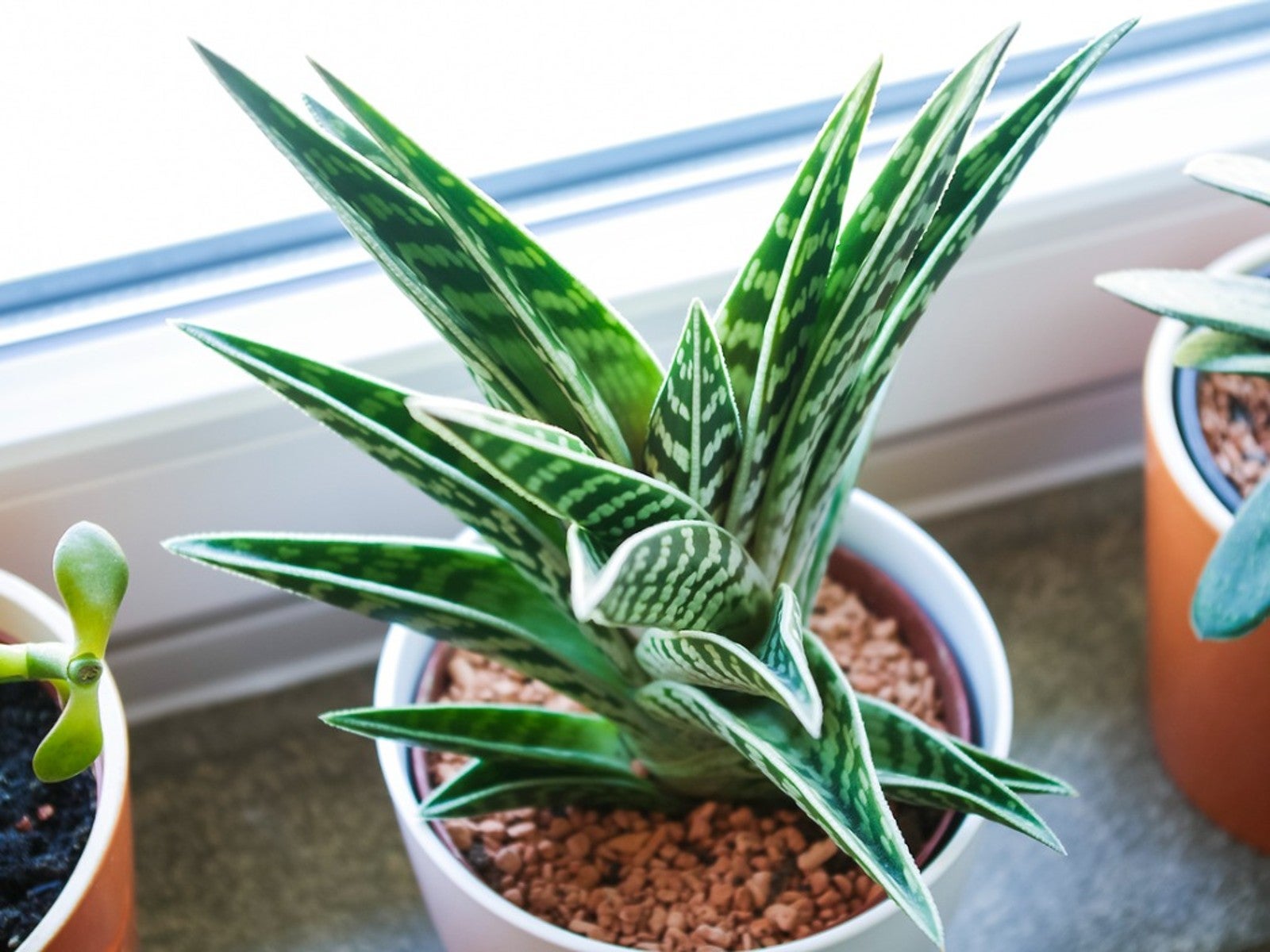 Variegated Succulents To Add To Your Plant Collection
Variegated Succulents To Add To Your Plant CollectionRead about some of the pretty variegated species that add beauty and interest to your succulent collection.
By Becca Badgett
-
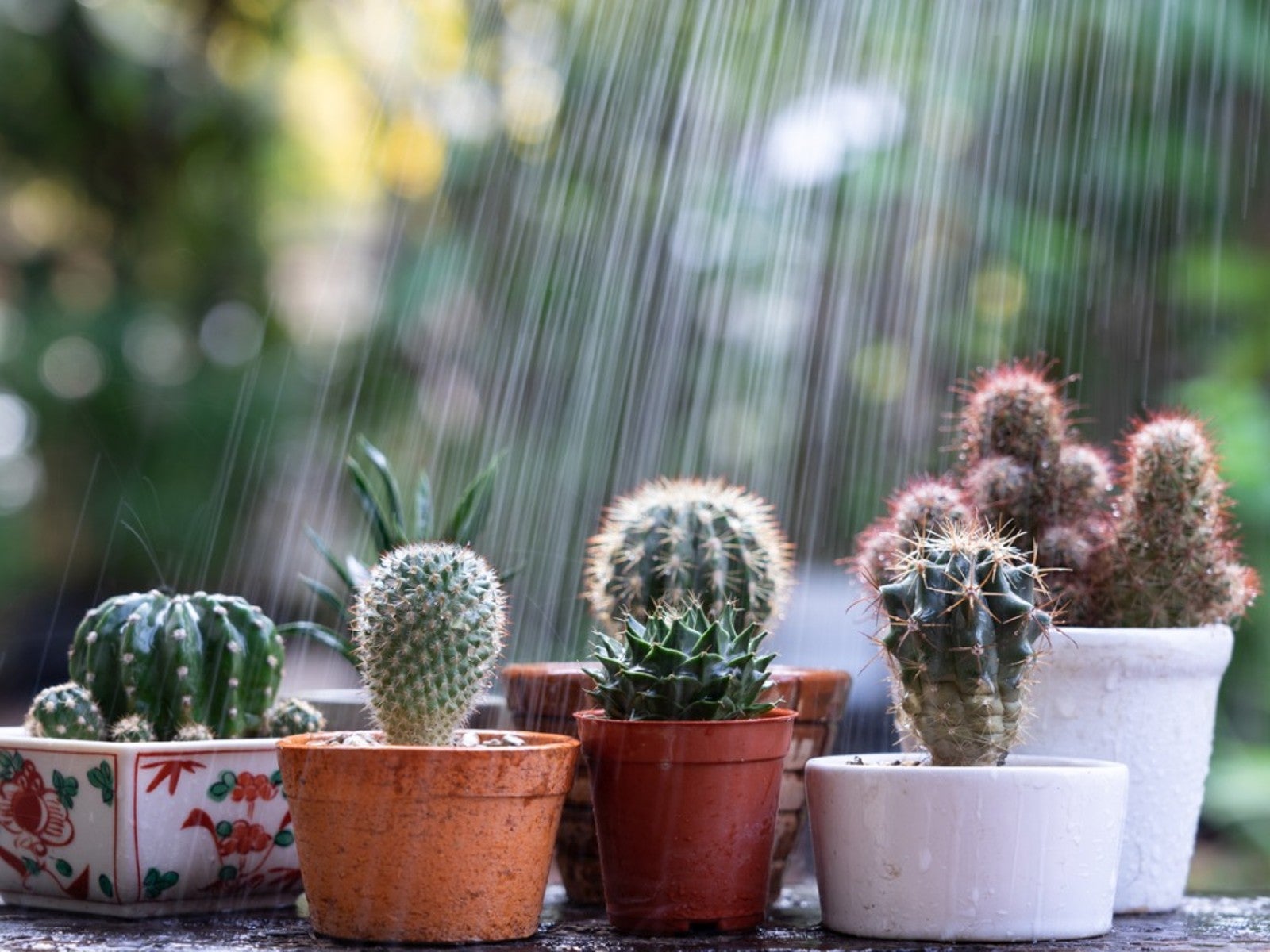 How To Protect Succulents And Cacti From Rain
How To Protect Succulents And Cacti From RainRain has the potential to cause damage to our cacti and succulents. However, when planted in proper soil, rainfall may perform as just a deep watering. Read on for more.
By Becca Badgett
-
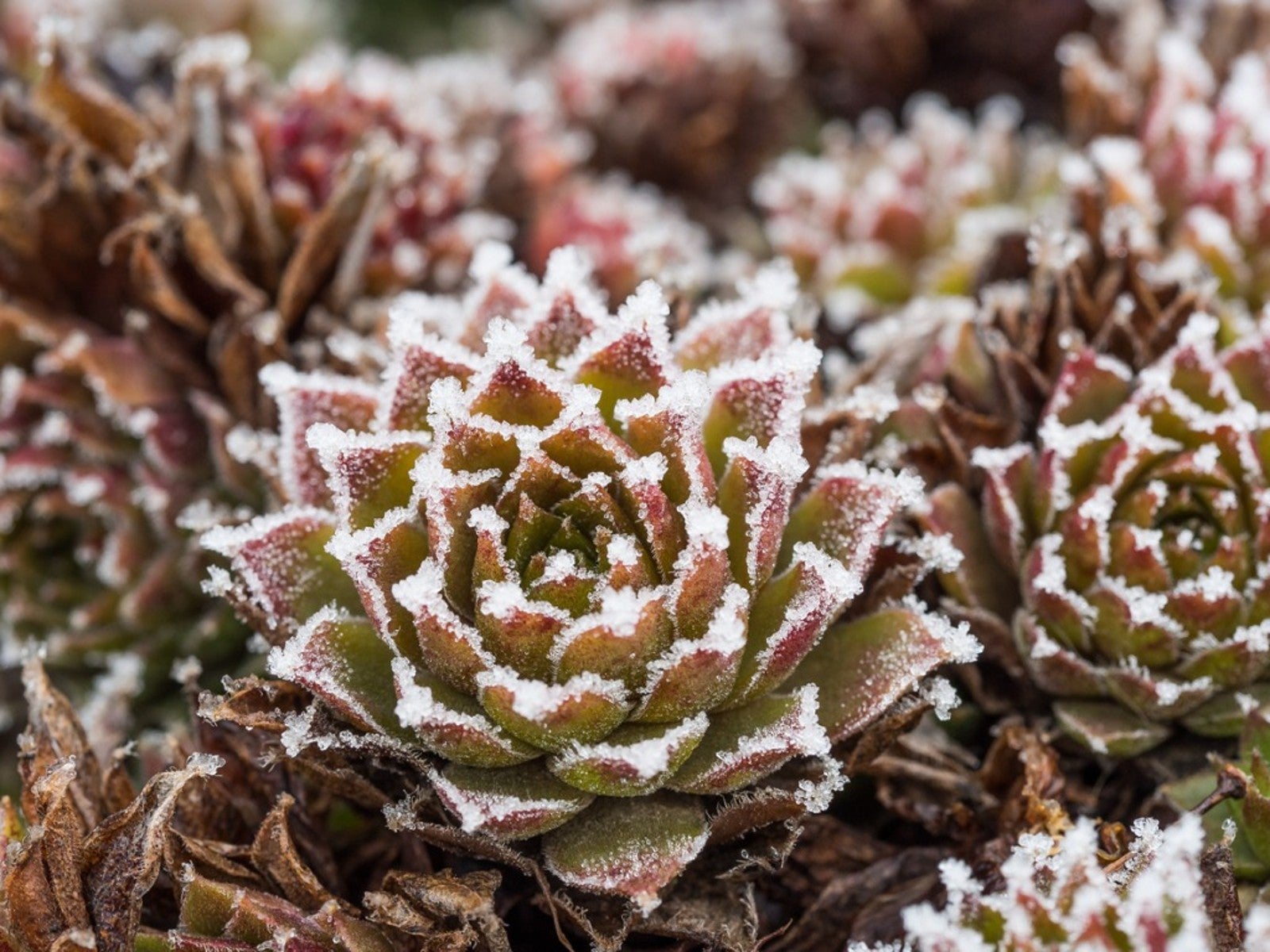 Succulents and Frost: How To Save A Succulent From Frost Or Freeze
Succulents and Frost: How To Save A Succulent From Frost Or FreezeCan succulents withstand cold? Succulents and frost don't traditionally go together and can result in damage, but you may be able to save frozen succulents.
By Bonnie L. Grant
-
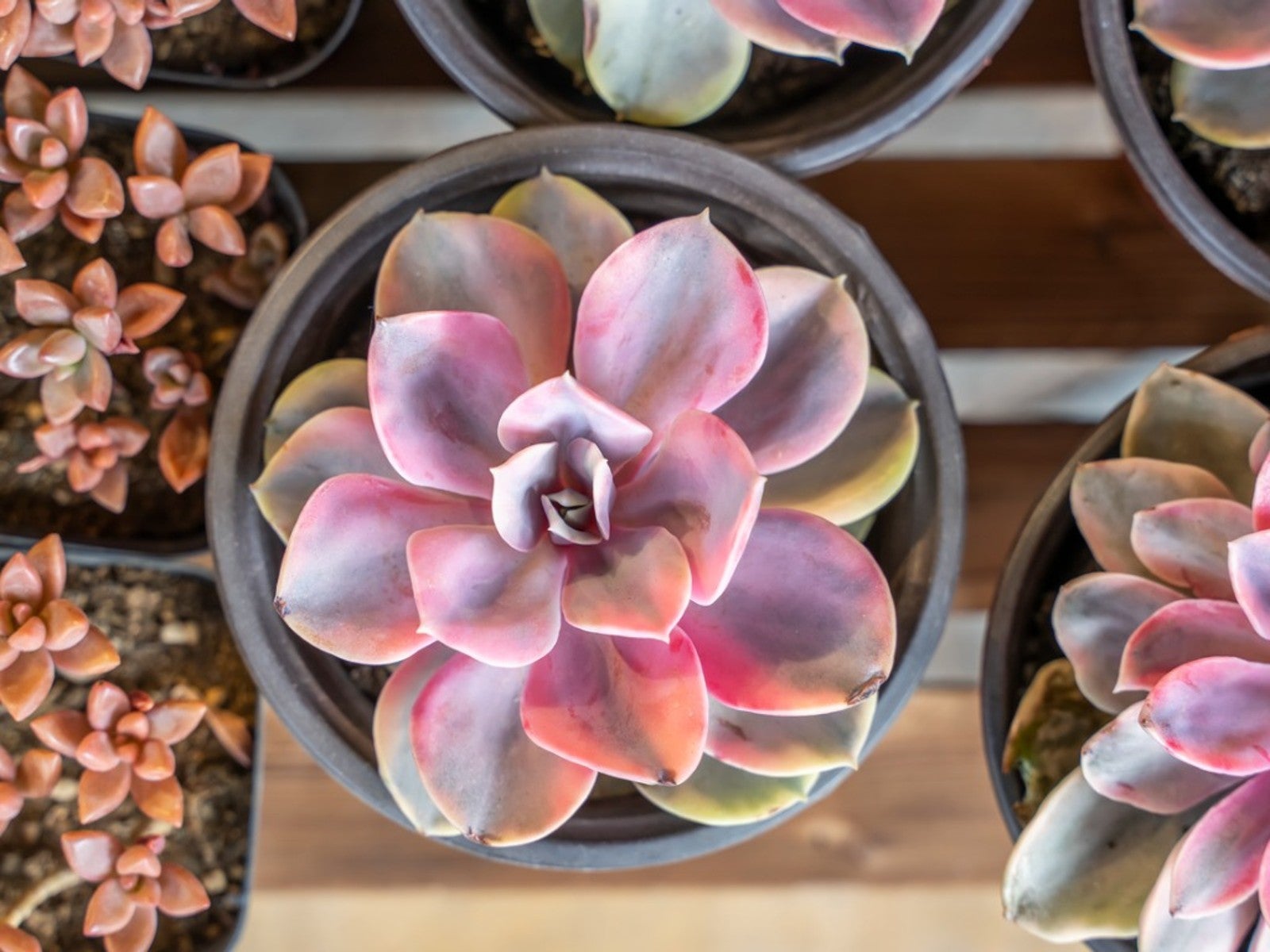 Pink Succulents Varieties To Try: How To Grow Perfect Pink Succulent Plants
Pink Succulents Varieties To Try: How To Grow Perfect Pink Succulent PlantsPink succulents may display the color on leaf edges or with streaks or blotches mingled throughout the foliage. Here are our favorites.
By Becca Badgett
-
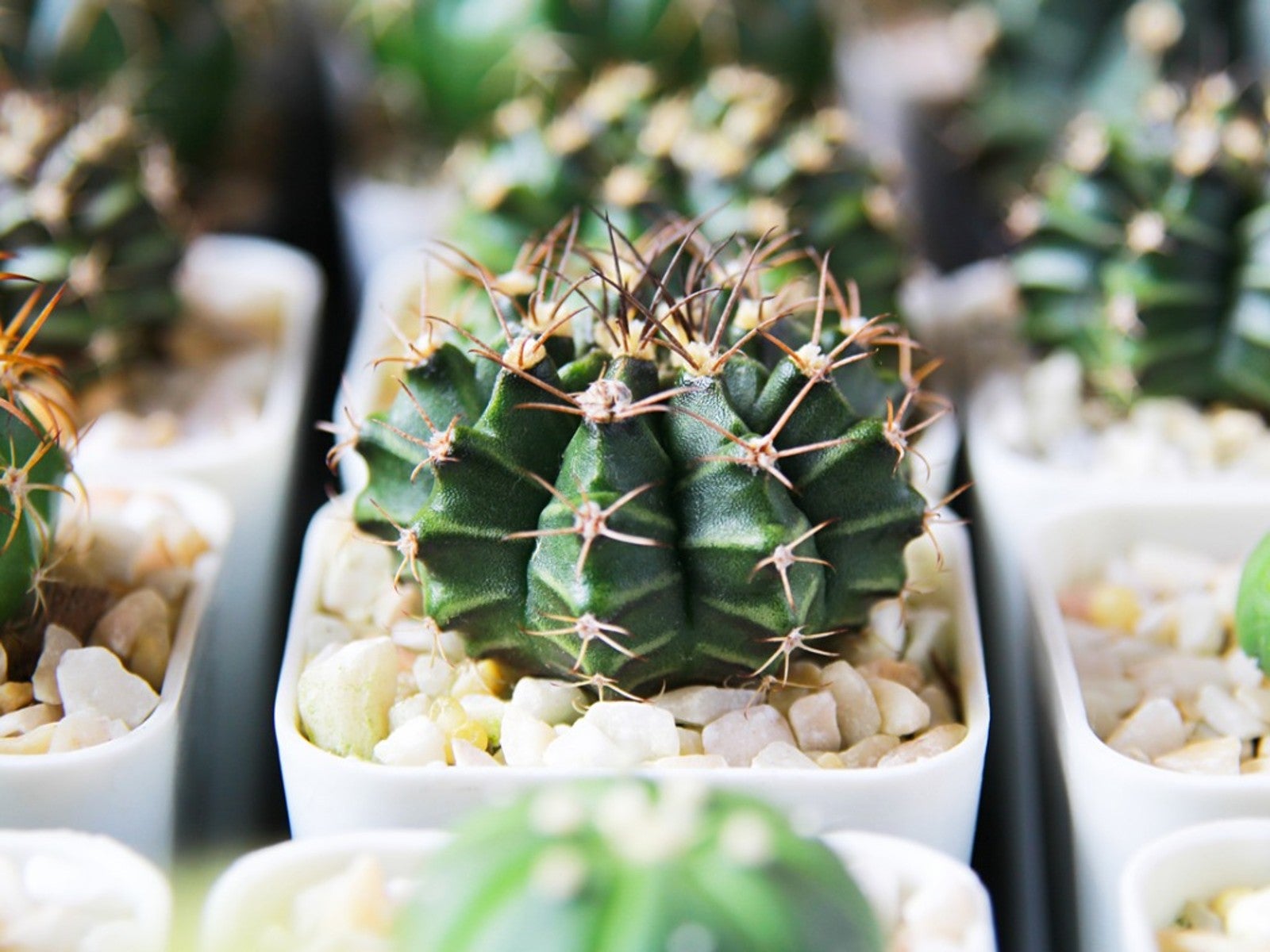 10 No Fuss Cacti - What’s The Best Low Maintenance Cactus
10 No Fuss Cacti - What’s The Best Low Maintenance CactusIf you’re thinking of adding plants to your collection, consider no fuss cacti. Click here for an easy cacti list, even for beginners.
By Becca Badgett
-
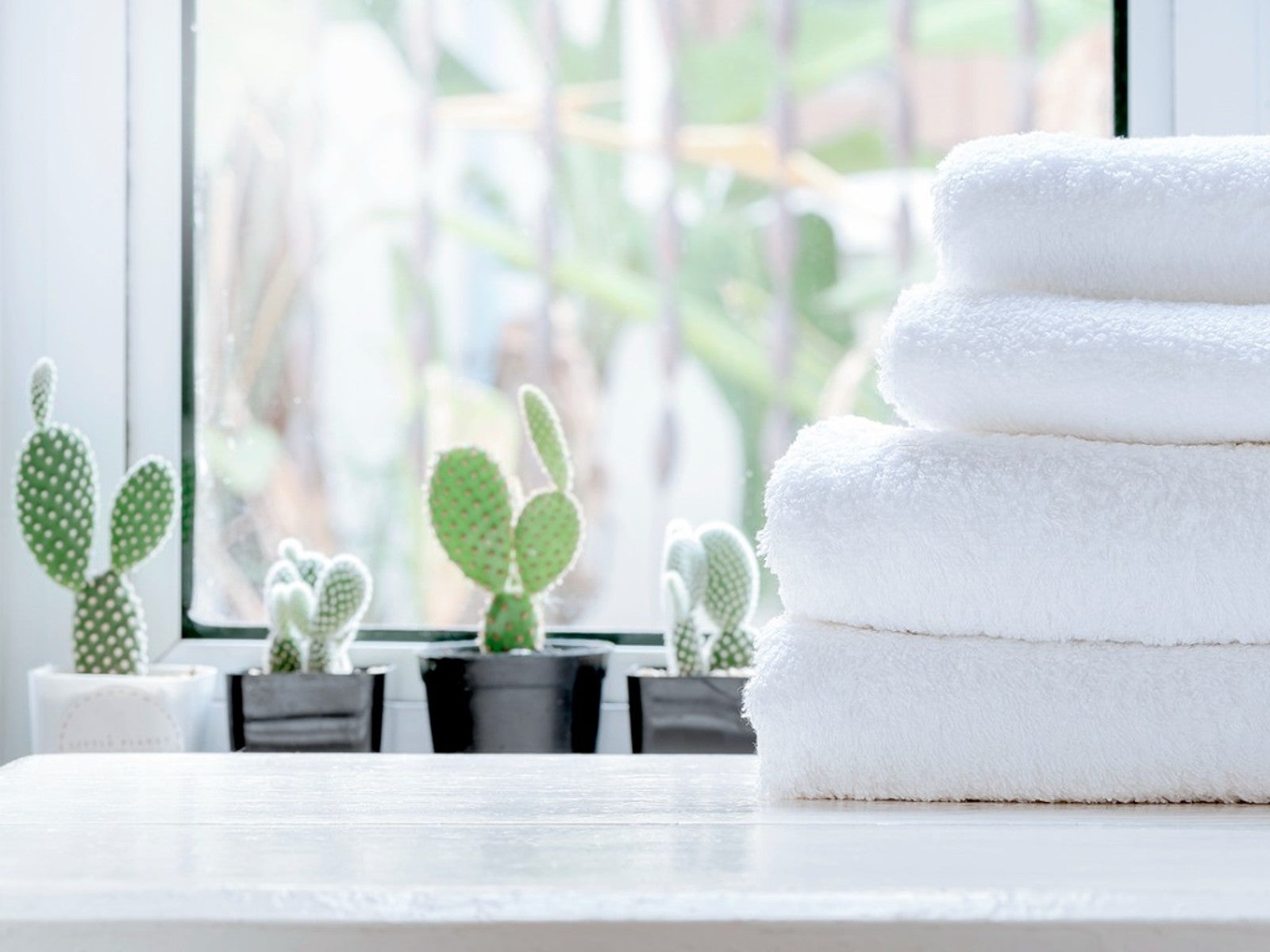 5 Best Succulents For A Bathroom
5 Best Succulents For A BathroomSome succulents can be great options for bathroom decoration. Read on for our top five bathroom succulent ideas.
By Becca Badgett
-
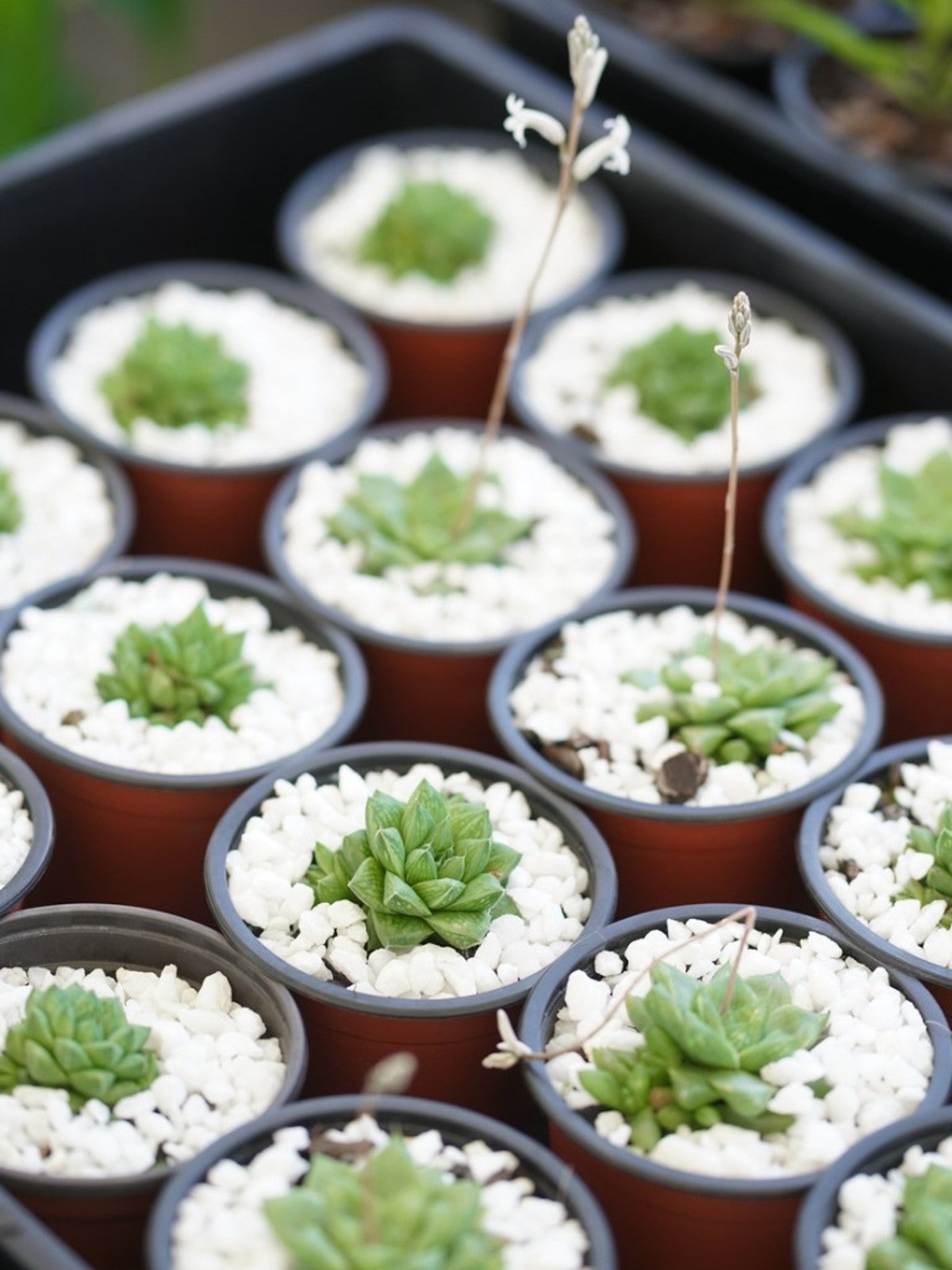 What Is A Succulent Starter Kit - Best Succulent Starter Kits
What Is A Succulent Starter Kit - Best Succulent Starter KitsWhile garden kits are not the most inexpensive option for growing succulents, they do include everything you’ll need. Grow succulents from seed by using a succulent seed starter kit to learn the process and to check your results.
By Becca Badgett
-
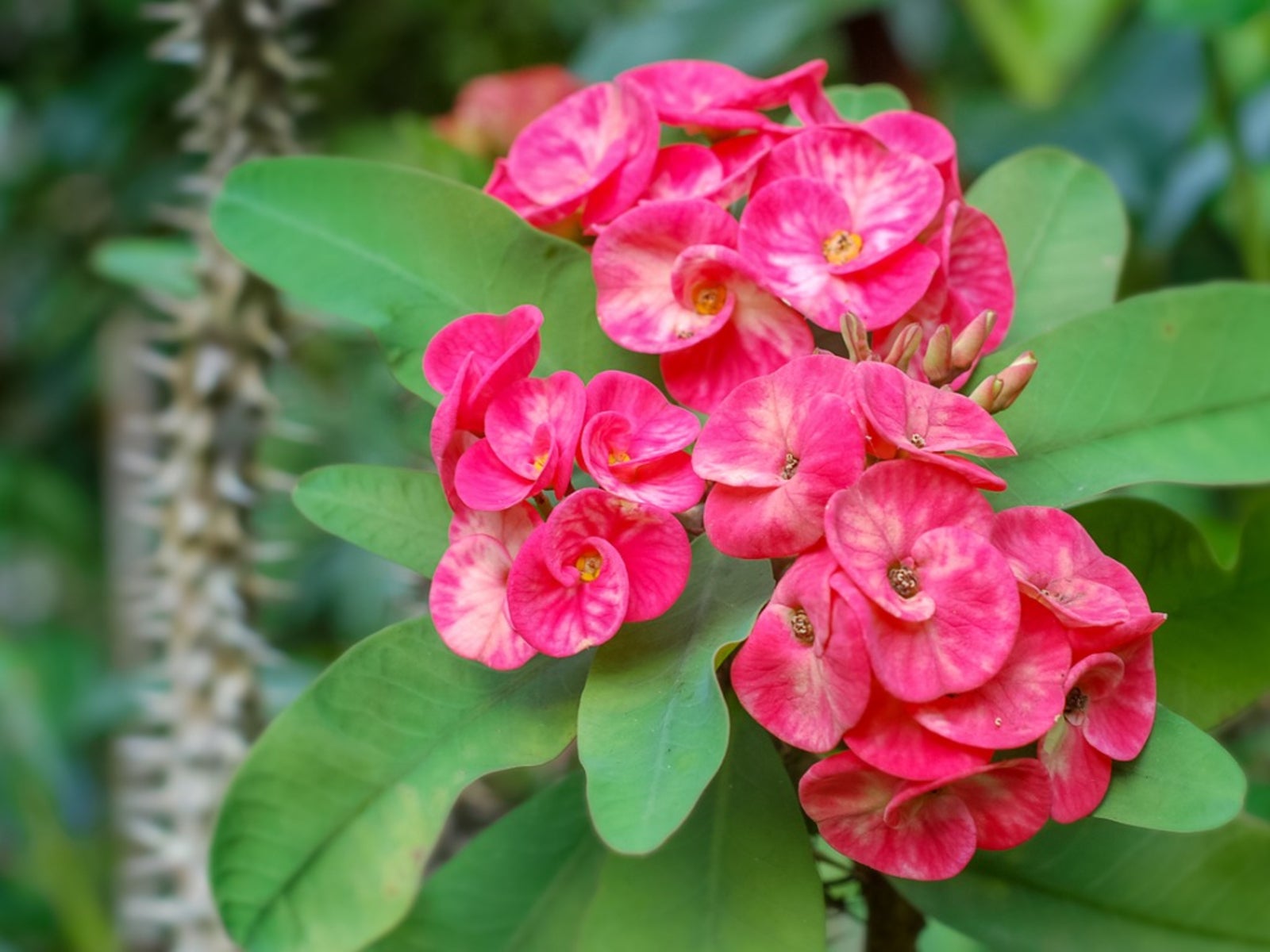 Dazzling Succulents - Succulents With Striking Flowers
Dazzling Succulents - Succulents With Striking FlowersWhen you think of succulents you may just envision their unique leaves and stems. But succulents also produce bright and bold flowers in the right conditions. Read on to learn more.
By Bonnie L. Grant